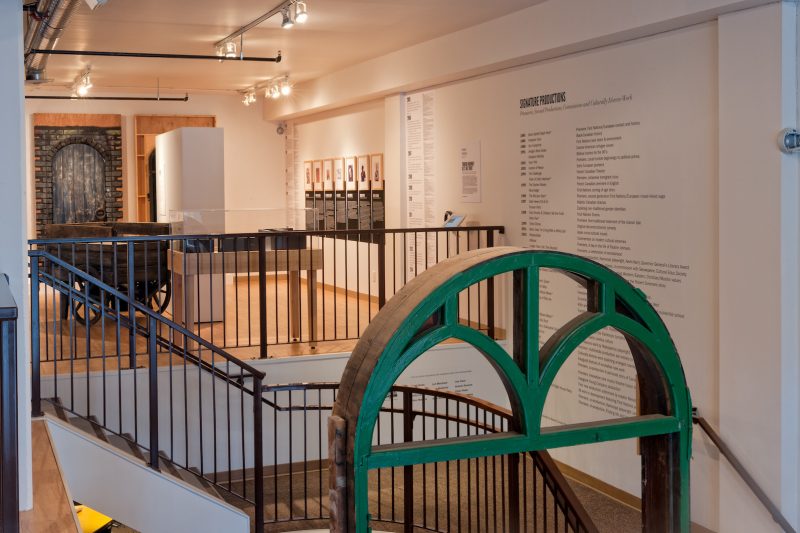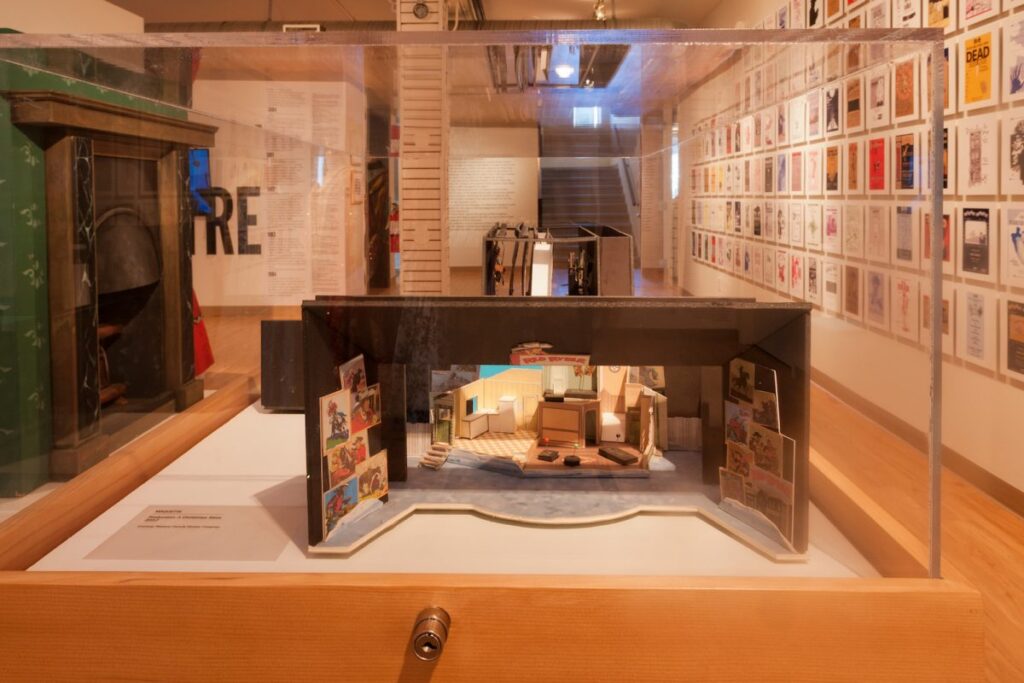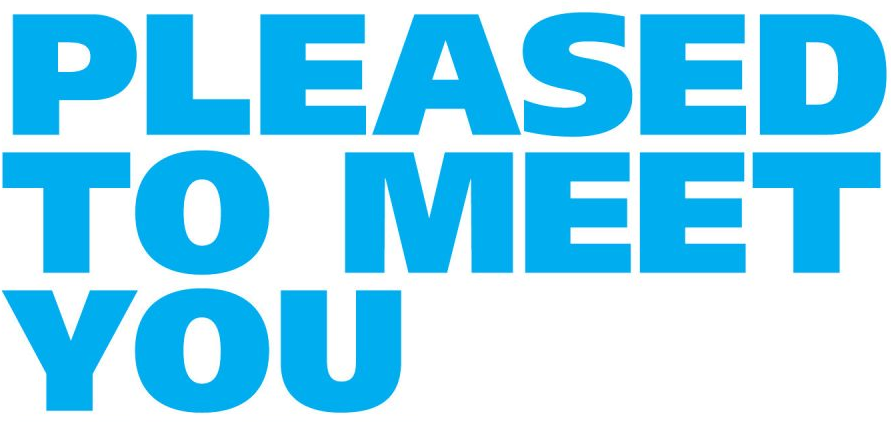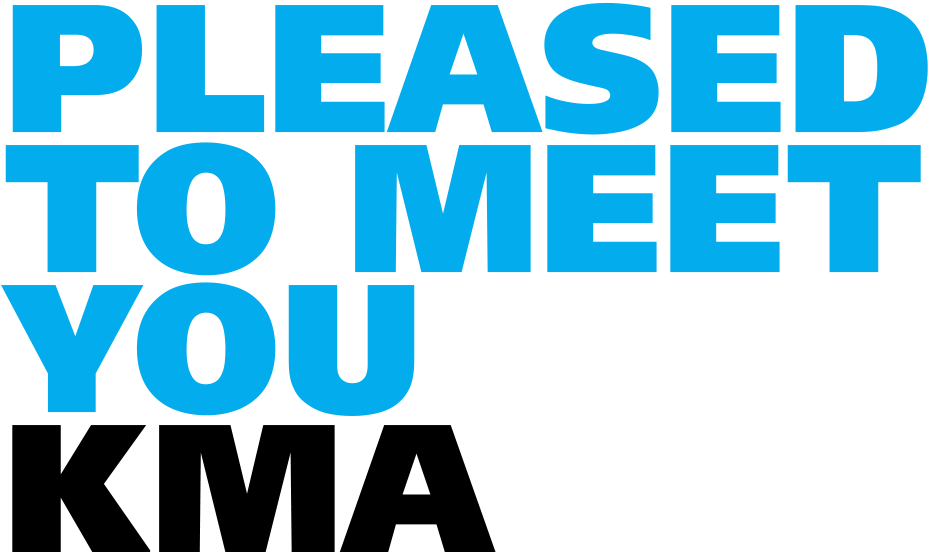Covers of WCT playbills – Photo by City of Kamloops
FRONT AND CENTRE: WESTERN CANADA THEATRE AT 40
Western Canada Theatre is a professional theatre company based in Kamloops, British Columbia. It began as the Western Canada Youth Theatre, which was founded in 1969 by local drama teacher Tom Kerr. The original group was made up of Kerr’s grade 12 drama students at Kamloops Secondary School. In 1975 the group was incorporated as a professional theatre company and changed its name to the Western Canada Theatre Company.
During the 1980’s and 90’s the WCTC grew into one of the premier theatres in British Columbia. The theatre garnered national recognition for its productions of a number of new Canadian works.

Maquettes
Text by Ross Nichol, Freelance Designer, written 2015
There are two types of maquettes or models. The first is known as a white model and has no colour and very minimal detail. It’s used for discussions between the designer and director about shapes, traffic routes and scene changes. The second is the full maquette that is used by all departments; director, performers, costume and lighting designers, carpenters, and painters.
Even with the availability of 3D computer renderings the maquette is still the preferred tool because sight-lines and proportions are more evident, colours are more accurate and it can be understood by anyone,
When planning my design process I book a week for maquette–building and more if the model requires furniture or if there are multiple locations. Although a time consuming process I always enjoy hiding in the basement at my drafting table with CBC radio and many pots of tea making the design come alive.
The real problem is what happens to them afterwards? It’s hard to throw away so much work!

Props
Text by Gal Minnes, Production Manager, written 2015
In the short time I’ve been with WCT I’ve had the privilege of working on many fantastic productions with a cross section of Actors, Directors, and Designers from across the country.
One of my favourite parts of the job as the Production Technical Director is receiving early designs for the designers and being involved in helping solve all the puzzles we come up with along the way. For example, each designer will present ideal locations for certain things on stage, and it is always a giant game of Tetris to get what the different designers have asked for to all fit in the same space. I also love being involved in all the drastically different ways that people choose to use the space that is provided.
I’m excited to be a part of all the fantastic shows coming and going all season, those being built here as well as being brought in from our co-production partners.
Costumes
Text by Cindy Wiebe, Head of Wardrobe, written 2015
Costumes must be fitted, allow movement, and be altered and laundered easily. In some cases they also need to be “quick-changeable,” which means the actor must be able to remove or add costumes or elements very quickly back stage.
Sometimes I pull costumes from stock and use them as–is, or alter them to become something completely different. If this is not possible, I begin looking in thrift stores. If all else fails, I purchase new.
Unless the items are period correct, I may shop for them online. We have many suppliers of general period costume pieces that we do often times buy from, so that we only have to build pieces very specific to our production. This process saves a lot of hands–on hours. I am the only full time person in the wardrobe department, so it is very important to have a variety of sources to draw from. Items I’m responsible for include: main costumes, footwear, undergarments (including supportive garments like hoops, corsets, etc.), headwear, wigs (including styling or colouring actors’ own hair and, if necessary, restoring their hair after a show), makeup and accessories such as jewellery.
If costumes need to look old and worn, I break them down using bleach, sand paper, paint, and dye. I track where each actor exits and enters each time they move on and off the stage, estimating how much time they have for each change. I then implement whichever closure method is necessary to facilitate the change in the time they have.
-
Admission By Donation Suggested
$1 per child & $3 per adult.
Frequently Asked Questions -
Museum Hours
Tuesday - Saturday: 9:30am - 4:30pm
Sunday & Monday: Closed -
Archive Hours
Tuesday - Friday: 1:15pm - 4:00pm
Saturday: By Appointment
Sunday & Monday: Closed -
Please Note:
The admissions desk may ask that you check your bags and any food and beverages upon entry.
We encourage you talk in our galleries, have fun, and discuss the content and artifacts you see as you make your way around the building. Laugh, cry, and remember that we like hearing our galleries active!


























